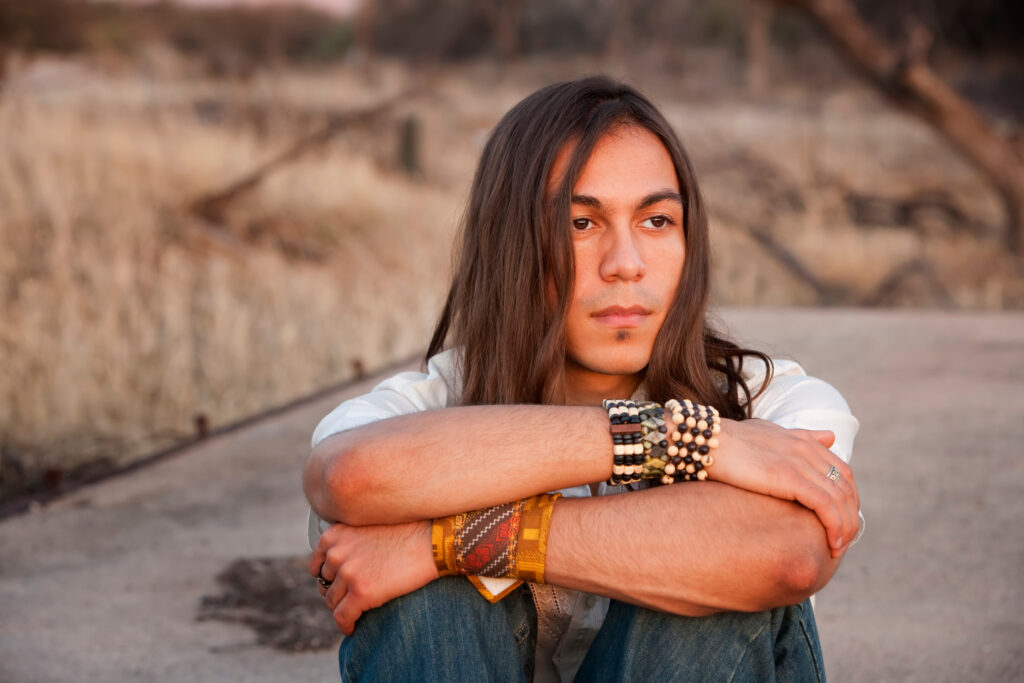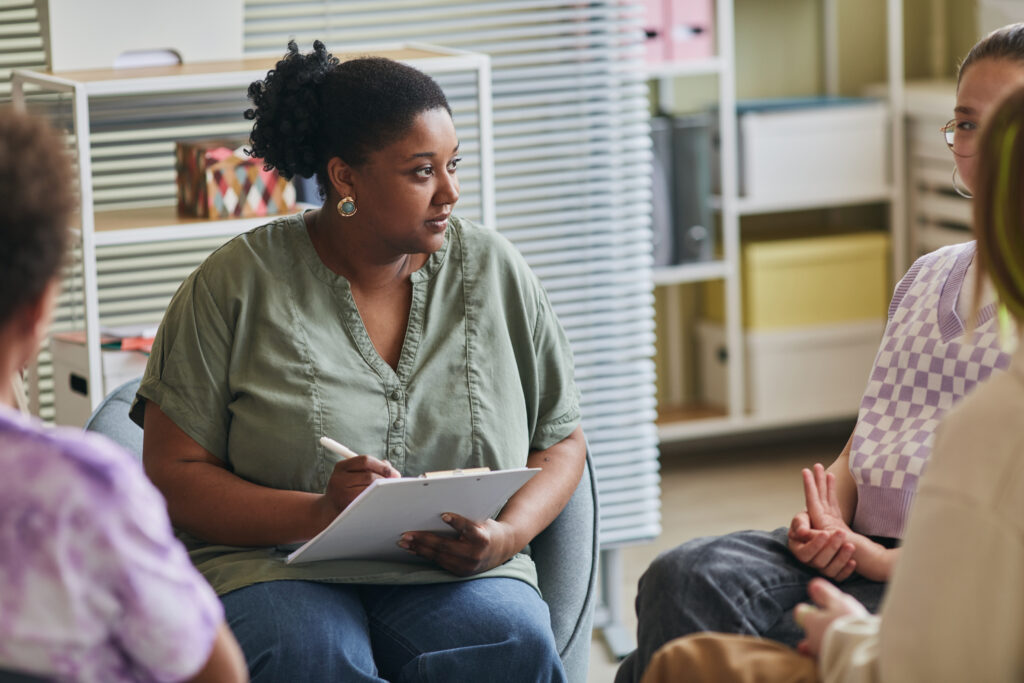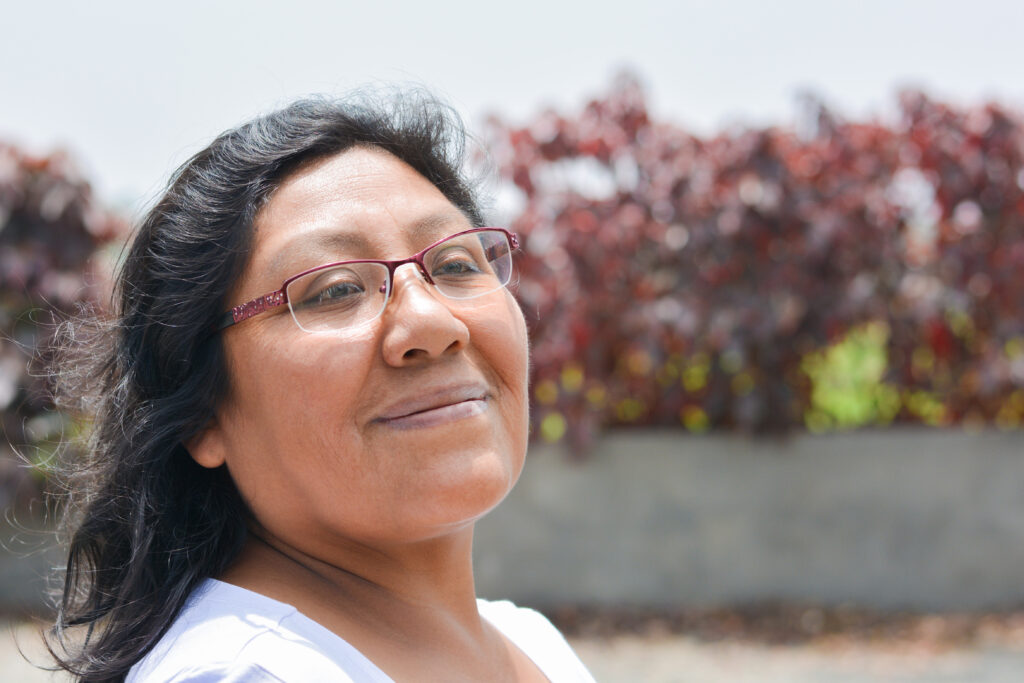Now that we’re reaching the end of June, you’ve probably noticed that this is Pride Month. If you’re not familiar with its origins, Pride celebrates the anniversary of June 28, 1969, when a confrontation with police at Stonewall Inn ignited the modern gay rights movement. These days, many corporations treat it as a marketing opportunity – an easy goodwill flag to wave around on social media. Pride parades can seem like hedonistic, color-splashed festivals that have little to do with human rights.
But while Pride may be depicted as all rainbows and drag shows, it’s also an opportunity to talk about more serious LGBTQ+ issues – like health barriers that don’t always get coverage. In fact, the LGBTQ+ community is identified as a “health disparity population” by the National Institute on Minority Health and Health Disparities, in part because this community experiences reduced access to healthcare.
Within the healthcare system, LGBTQ+ people – also sometimes called GSM or gender and sexual minorities – can run into misunderstandings, stigma, and workflows that conflict with their clinical needs. Providers may not understand the difference between same-sex attraction and gender identity or know how to connect a transgender patient’s medical history to their current symptoms. They may not realize that lesbians are less likely than other women to seek preventive care or that men who have sex with men (MSM) may identify as straight on an intake form.
Greater awareness can help healthcare professionals understand the right questions to ask – and the right techniques that can encourage LGBTQ+ patients to trust their providers and engage with healthcare resources.

LGBTQ+ Health Disparities
Homophobia and discrimination have been associated with high rates of psychiatric disorders, substance abuse, and suicide. It’s not hard to understand why. Violence, social ostracism, and discrimination in employment and housing can have a strong impact on people from adolescence to old age. LGBTQ+ youth are more likely to be homeless than other kids and are 2 to 3 times more likely to attempt suicide. 30% of LGBTQ seniors avoid medical care because of past discrimination; 1 in 10 have been neglected by a caregiver because of their orientation.
These struggles can hit even harder when someone feels they can’t turn to their family for support or show their true self to their colleagues and community. In fact, the LGBTQ+ community has a high rate of alcohol dependence and tobacco use because bars and clubs have so often felt like their only safe havens.
While LGBTQ+ people don’t all share the same issues, healthcare providers can help patients by being aware of some common health disparities.
- Bisexual adults report lower emotional well-being and higher rates of suicidal ideation than all other orientations.
- Gay men and MSM are at higher risk of HIV and other STIs.
- 42% of transgender women are HIV positive – and transgender individuals have a higher prevalence of mental health issues.
- Lesbians and bisexual women are at higher risk for breast and gynecological cancers than heterosexual women.
- 56% of transgender and gender non-conforming Native Americans have attempted suicide.
- 65% of Native American transgender women in one study were HIV positive.

Being Native American and LGBTQ+
LGBTQ+ people who belong to another marginalized group, such as being Native American, face even higher barriers to good care. The LGBTQ+ community isn’t immune to racism, nor are tribal communities immune to homophobia – which can increase a sense of disconnection and loneliness for someone with a foot in both worlds. 1 in 3 LGBTQ2+ Native Americans have experienced hate violence; 26% were kicked out of their family home after coming out.
Another barrier can come from healthcare providers’ unfamiliarity with Native American two-spirit people, also called In-Between People or The Sacred Ones in some tribes. Many people assume the term is synonymous with being LGBTQ, non-binary, or gender non-conforming – but two-spirit has a specific tribal meaning that can encompass culture, spirituality, gender, and sexuality. The term was coined in 1990 to provide a unifying label and common understanding, but the identity existed long before that. Different tribes may have their own terms for it. In addition to being singled out for violence, scorn, and ostracism, Native American LGBTQ and two-spirit people often deal with historical trauma and institutional racism in healthcare when they seek treatment for that trauma.
Today, Indigenous lesbian, gay, bisexual, and transgender people have created healthcare resources and built social programs to better serve their community. Two-spirit national and regional gatherings focus on reviving lost traditions and ensuring two-spirit children and young adults receive the correct tribal teachings for their identity as they grow up.

Adapting Healthcare for a Diverse World
Wellbeing and resilience don’t happen in a vacuum. Some community leaders are working to improve social determinants of LGBTQ+ health. Measures like stronger antibullying initiatives in school, legislation on employment and housing rights, and supportive social resources for LGBTQ+ youth and elders can all help build a kinder and healthier world.
But new healthcare practices can reap immediate improvements too. These can include efforts to:
- Collect sexual orientation and gender identity (SOGI) data in health surveys and patient visits to better identify health disparities
- Appropriately document a patient’s sexual orientation or gender identity to anticipate potential needs, deepen trust, and strengthen patient engagement
- Train medical students in LGBTQ health issues and culturally competent care
- Create supportive and knowledgeable clinical environments, from health screenings to pronoun use
- Increase access to health insurance and behavioral care
- Share public health campaigns for preventive care, mental health, and STI education
- Offer culturally focused activities and therapies, such as storytelling, cleansing, and ceremony
Swiss philosopher Henri Frederic Amiel said, “In health, there is freedom. Health is the first of all liberties.” To truly support the rights of a disadvantaged community, we must understand their healthcare needs. Addressing LGBTQ+ issues may be new territory for some providers, but it should be a foundational part of a fair and equitable healthcare system.
For best practices, check out our guide: “Indigenous and LGBTQ2: Treating Native American Gender and Sexual Minorities.” Here’s to a world where every patient knows they can live in their truth while receiving informed, compassionate care.


